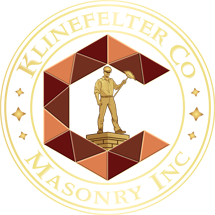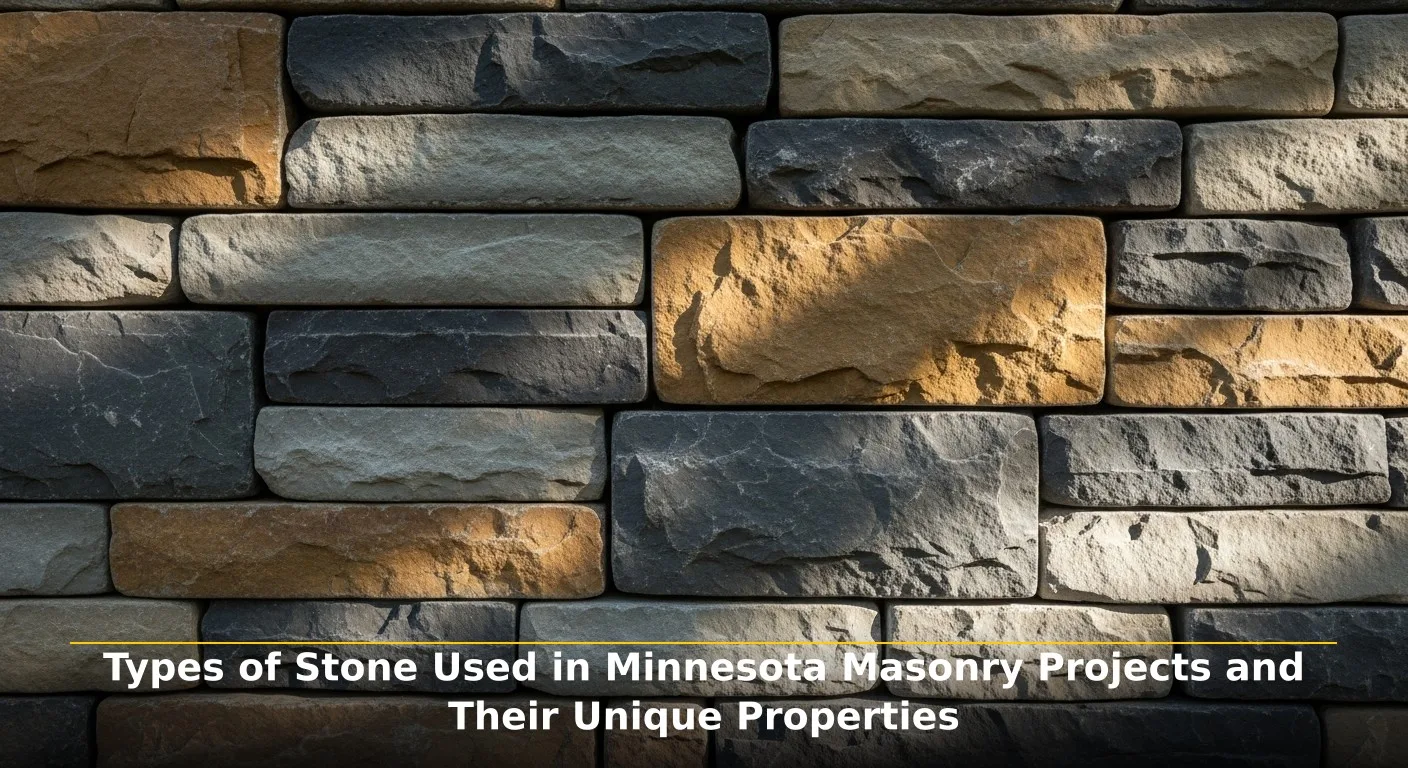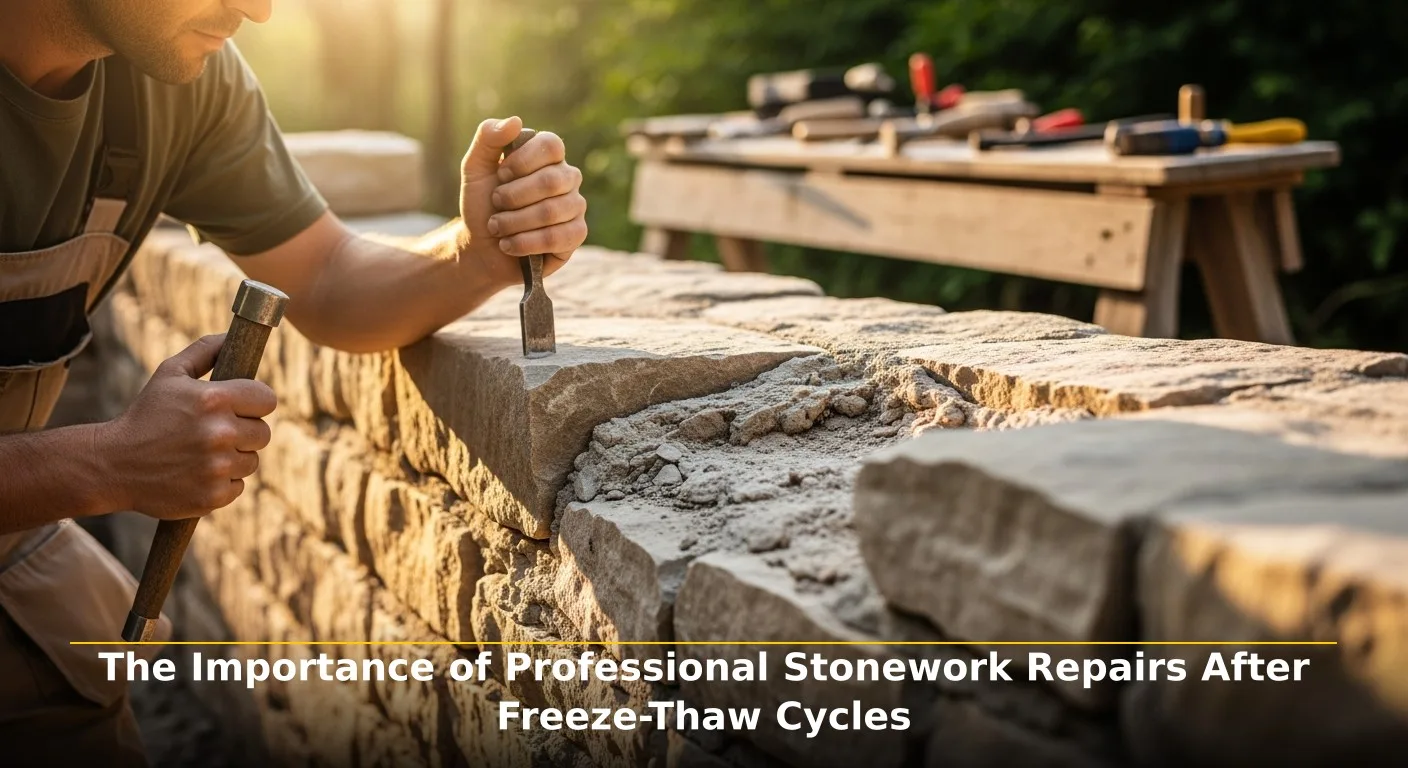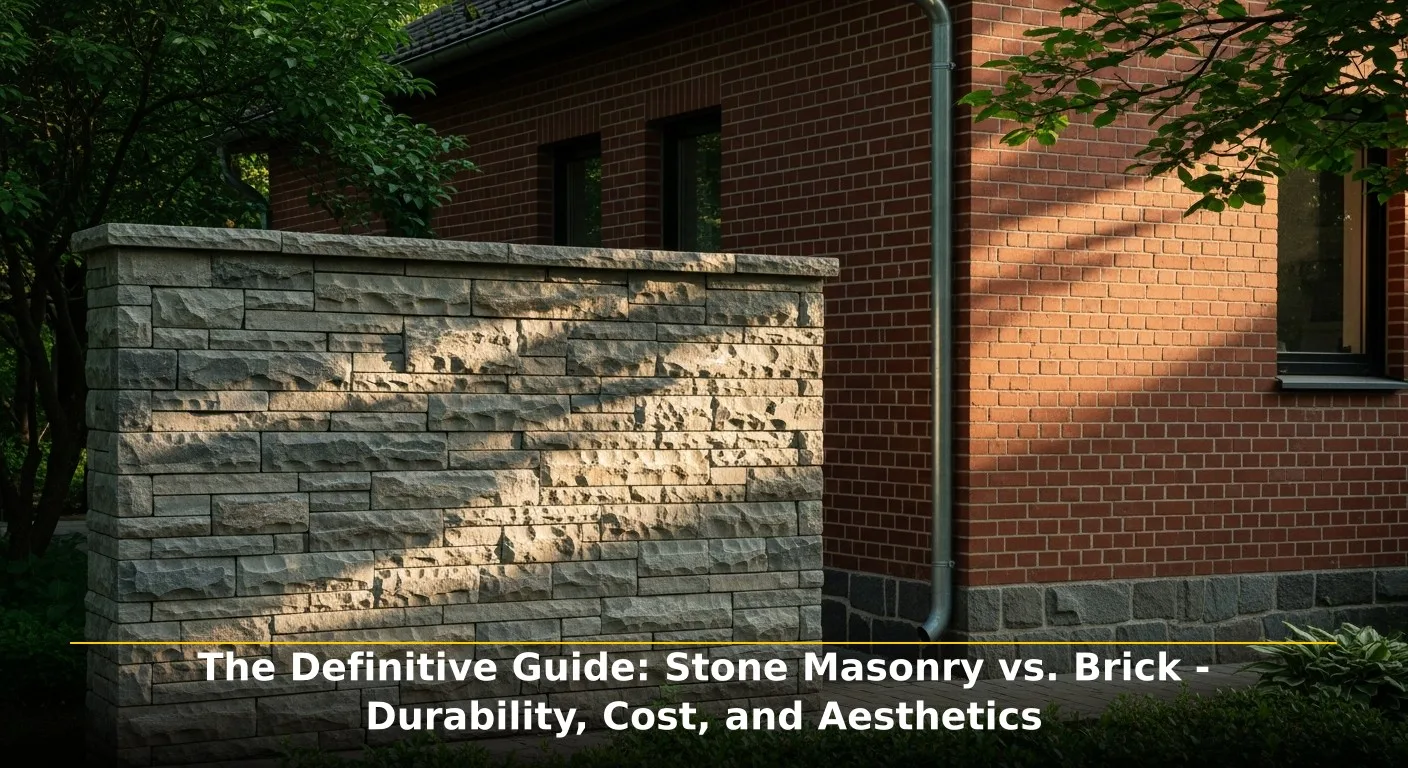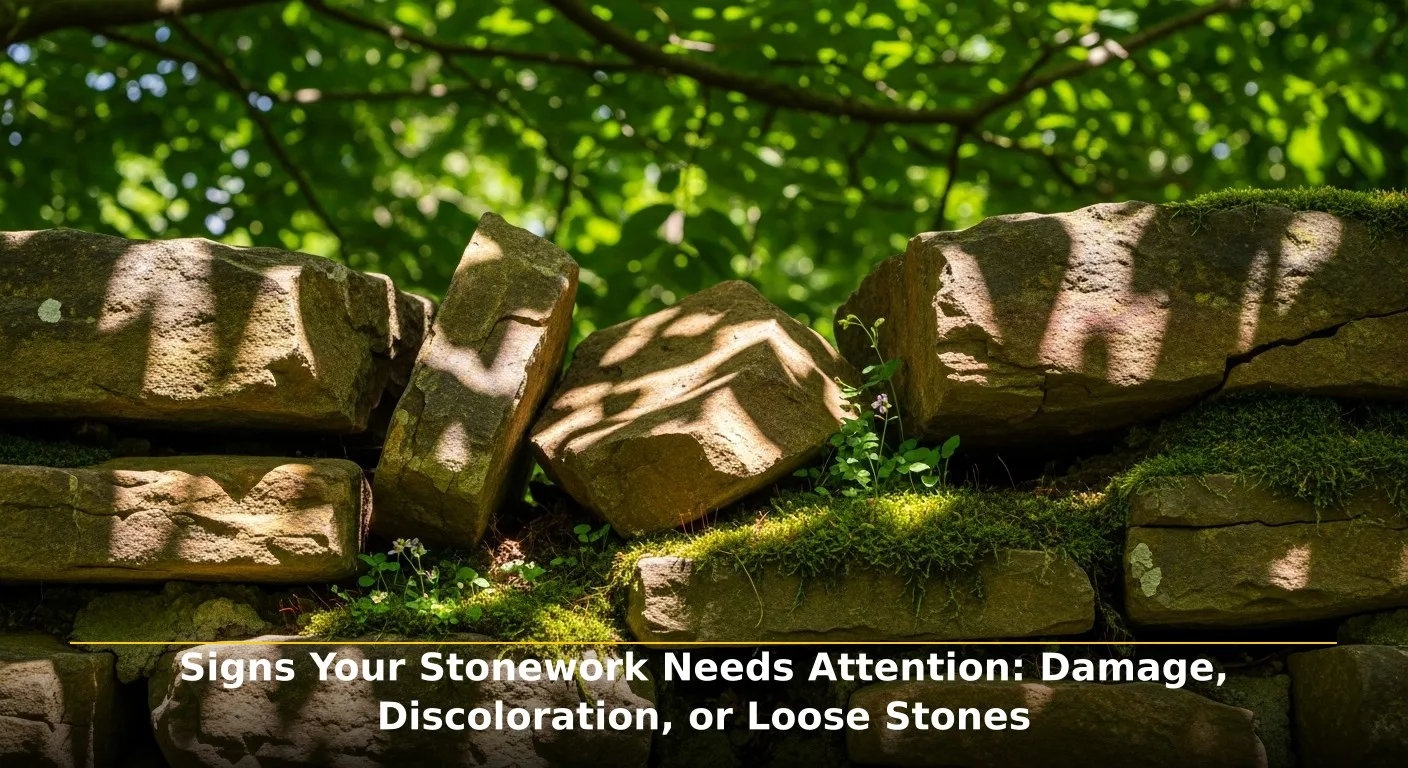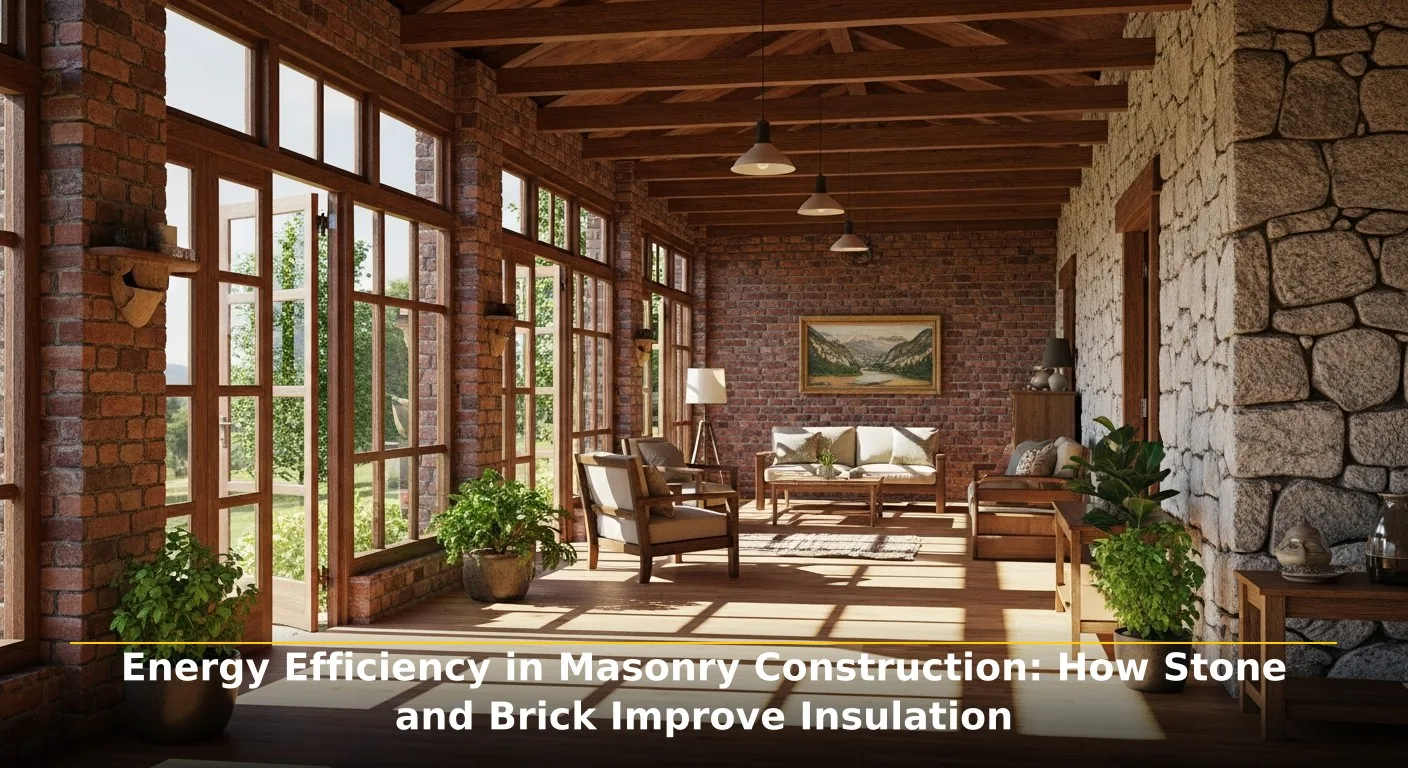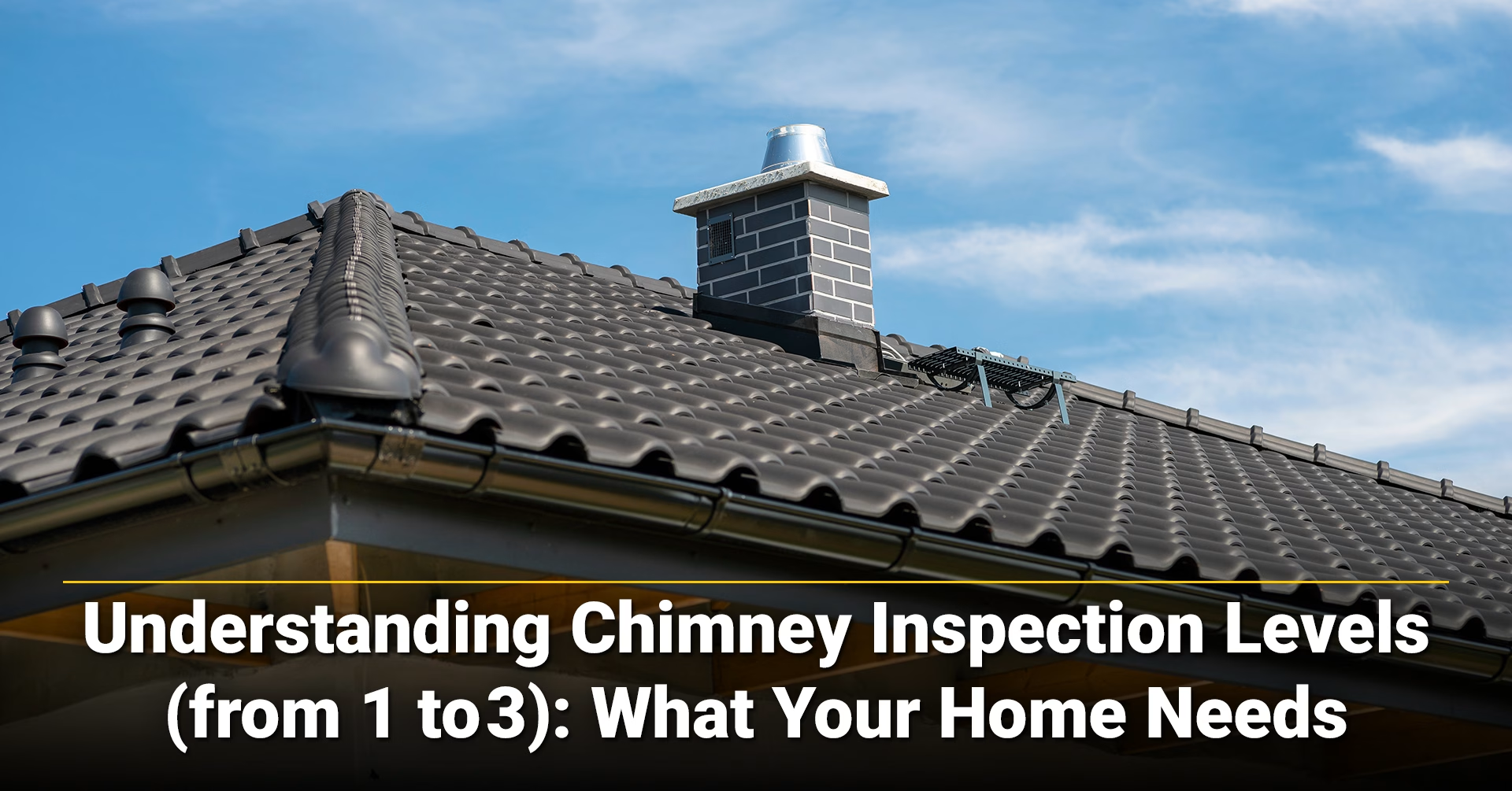One Size Doesn’t Fit All. Regular chimney inspections are the foundation of fireplace safety. Yet not all inspections are the same. The National Fire Protection Association (NFPA) 211 standard defines three levels of inspection—Level 1, Level 2 and Level 3—each meant for different situations. This article breaks down the three levels, explains when each is appropriate, and lays out how to keep your family safe by choosing the right inspection for your Minnesota home.
1. Why Chimney Inspections Matter
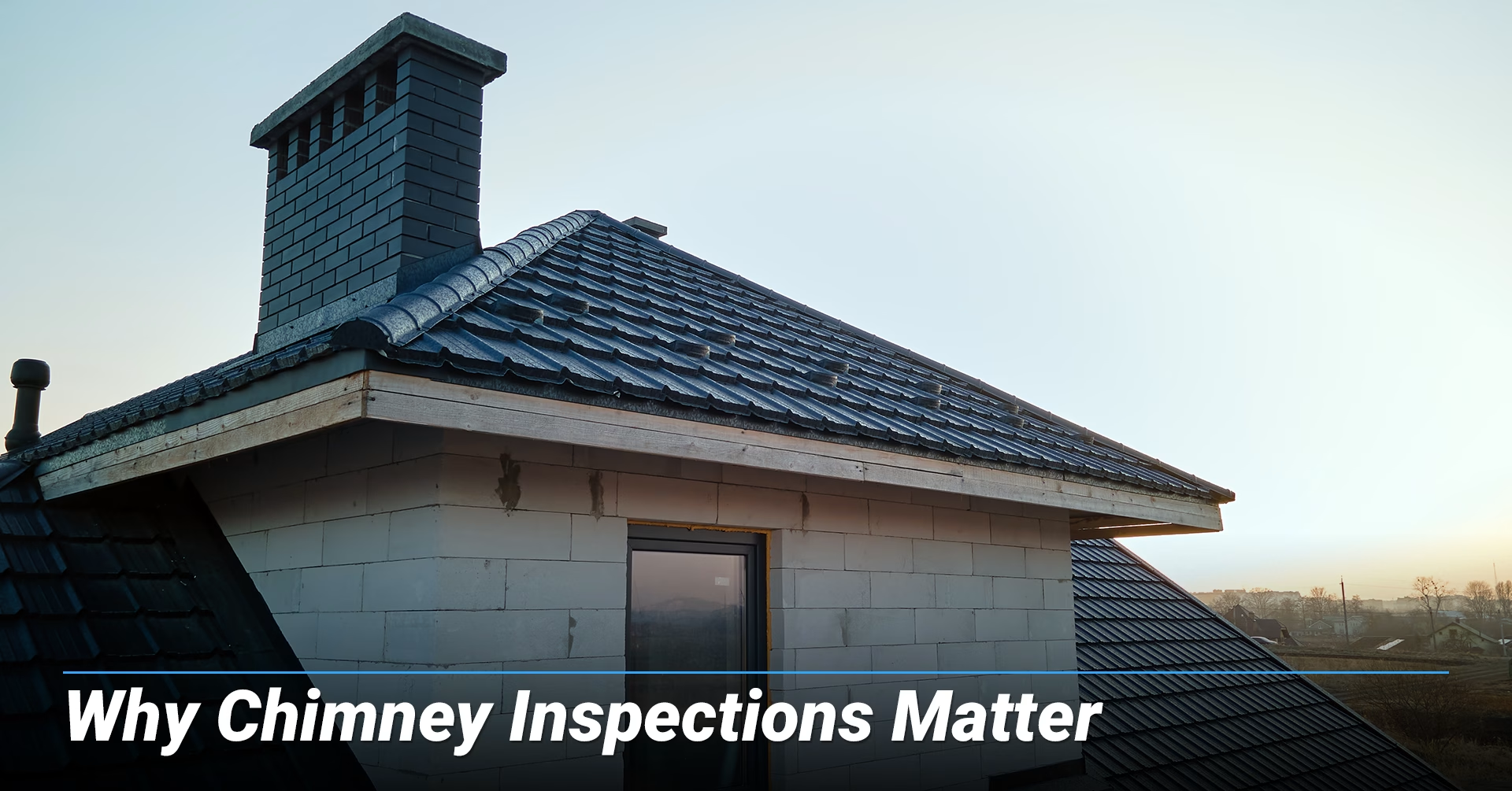
A well‑maintained chimney vents smoke and poisonous gases safely outside. Over time, soot, creosote, nesting animals, water damage, or structural shifts can compromise this system. Annual inspections catch problems early, prevent chimney fires, reduce carbon‑monoxide risks, and help stay compliant with local building codes and insurance requirements. In some cases, failing to perform regular inspections can even invalidate your homeowners insurance.
2. Level 1: The Routine Checkup
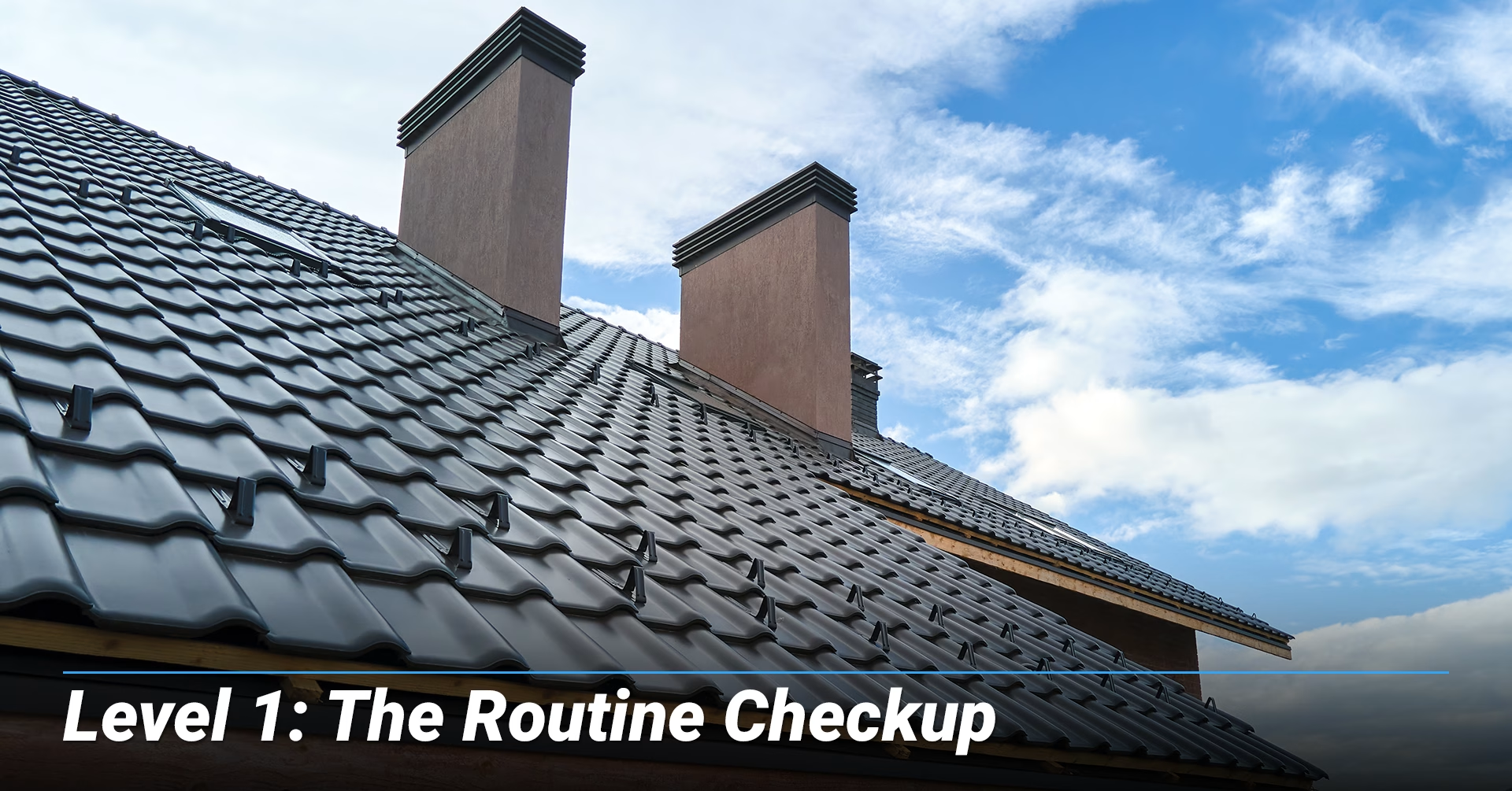
A Level 1 inspection is the most basic and recommended when nothing about your chimney or fireplace has changed. If you plan to continue using your chimney as-is, a Level 1 inspection meets the minimum requirement for safety. During this inspection, a certified technician examines readily accessible portions of its interior and exterior, including the firebox, damper and connection to the appliance. They verify that the chimney structure and flue are up to par and there are no blockages or combustible deposits. If needed, the technician may perform a basic sweep to remove creosote.
When to Get a Level 1 Inspection
● Annual maintenance: Have one every year before the heating season if your fireplace usage and fuel type haven’t changed.
● After minor storm events: If no visible damage has occurred, a Level 1 inspection will confirm the chimney remains unobstructed and structurally sound.
3. Level 2: The Real‑Estate and Post‑Event Inspection
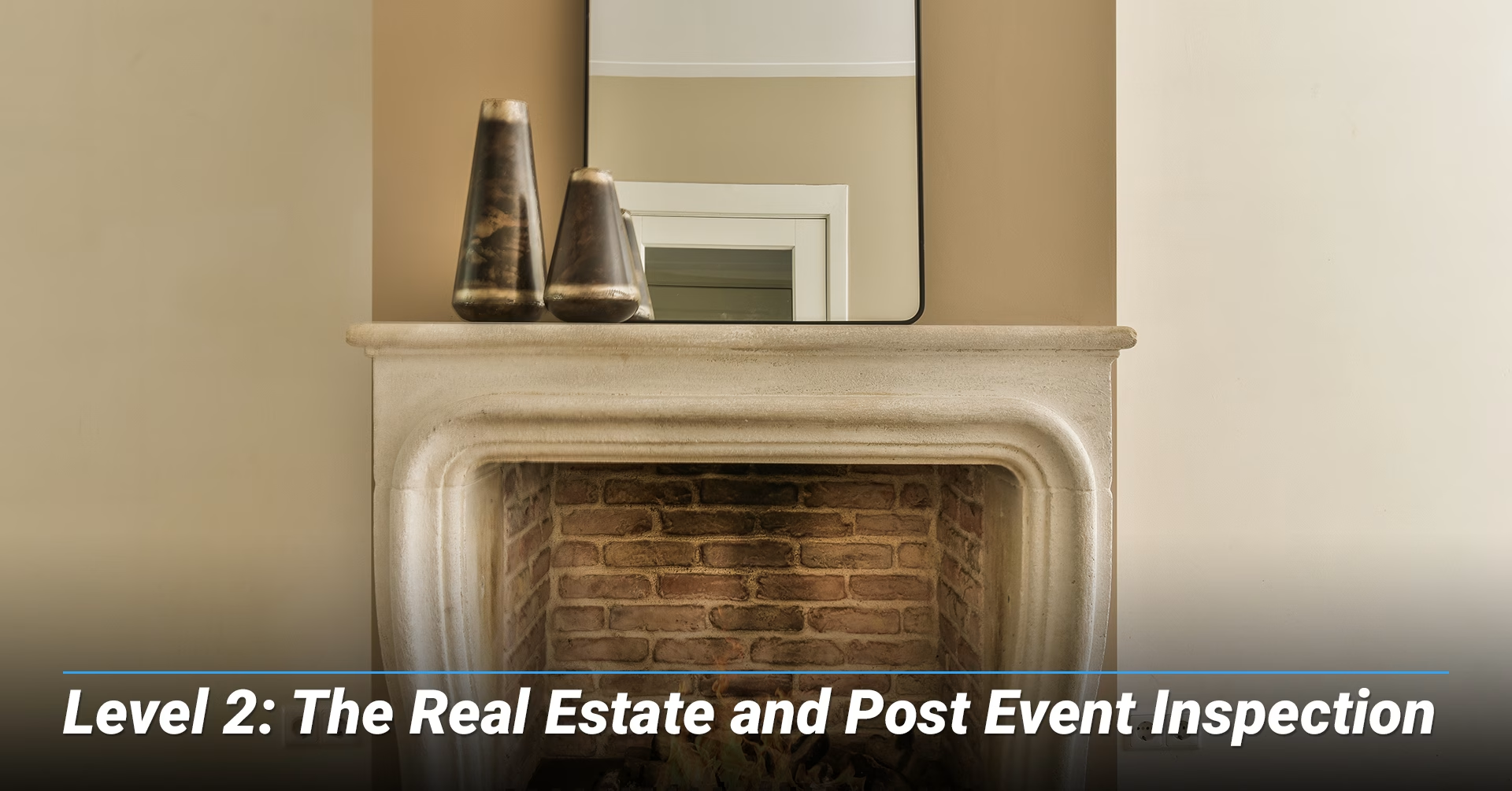
When a basic inspection isn’t sufficient, a Level 2 inspection provides a deeper look. Level 2 is required when buying or selling a home with a fireplace, after the chimney experiences weather damage or a fire, or when you’re planning to increase usage during the winter season. NFPA guidelines also recommend Level 2 whenever changes are made to the chimney or appliance, such as switching from wood to gas, relining the flue, or installing a different stove.
During a Level 2 inspection, the technician performs all the tasks of a Level 1 inspection plus examines accessible portions of attics, crawl spaces, and basements. They verify that clearances from combustibles meet code and use a video scanning camera to inspect the entire flue liner for cracks, blockages, or other damage. Because nothing is dismantled, Level 2 remains non‑intrusive and does not require tearing out walls or structural components.
When to Get a Level 2 Inspection
● Property transactions: Always request a Level 2 before purchasing a home with a fireplace to verify there are no hidden hazards.
● After a chimney fire or severe weather: Even a small chimney fire can crack flue tiles. Storms, lightning or earthquakes can also cause unseen damage.
● Following system changes: If you reline the flue, convert fuel types or install a new stove or insert, a Level 2 inspection ensures compatibility and safety.
4. Level 3: The Investigative Inspection
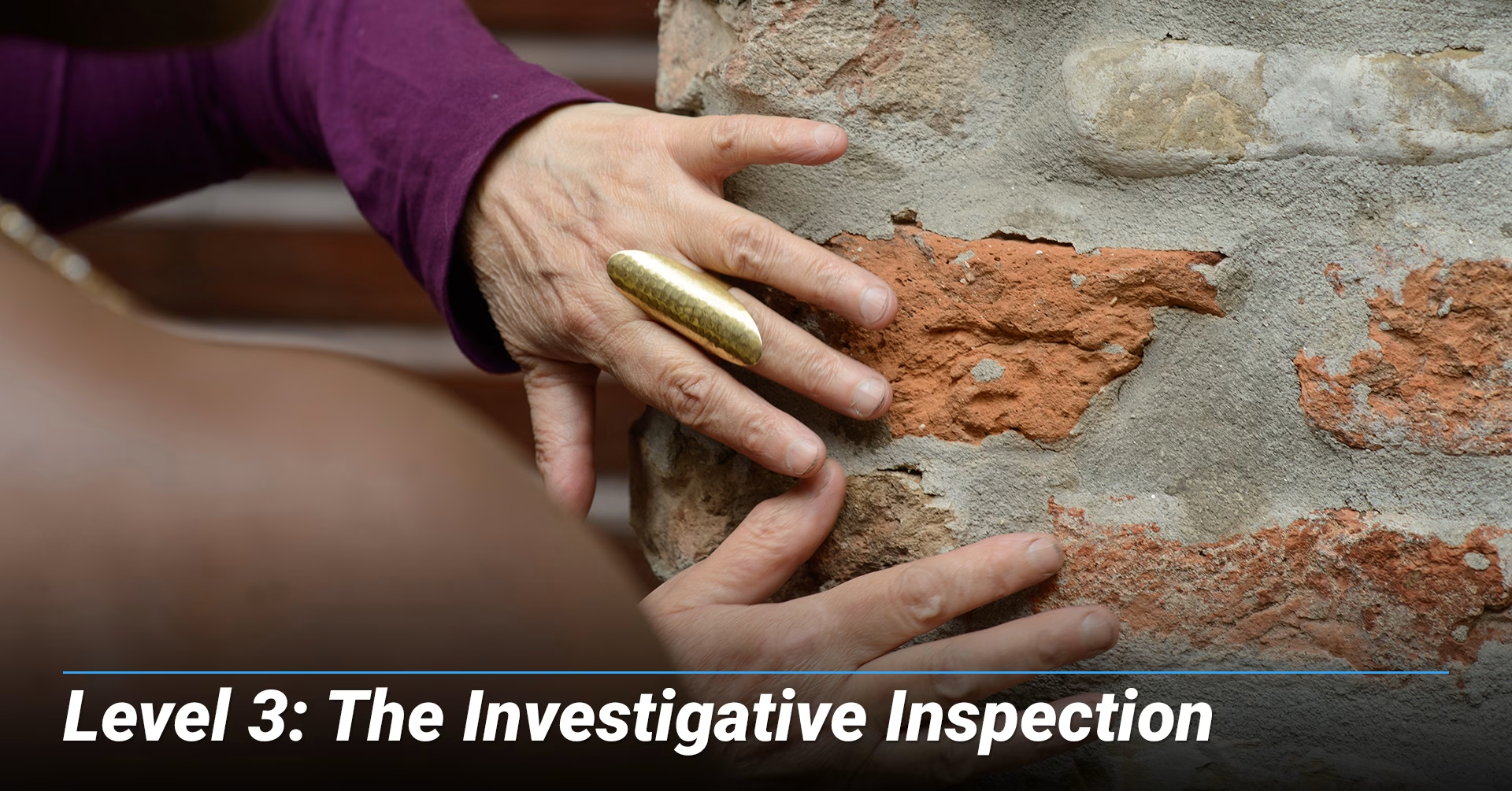
A Level 3 inspection is the most comprehensive and is reserved for situations where serious safety concerns exist. A Level 3 inspection is warranted when a Level 1 or Level 2 inspection suggests a hidden hazard and further access is needed to diagnose the problem. This level may involve removing parts of the chimney or surrounding building materials—such as drywall, crown, or interior chimney walls—to access concealed areas.
What to Expect During a Level 3 Inspection
The technician will perform all procedures from Levels 1 and 2 along with dismantling parts of the structure as necessary to reach the area of concern. For example, if a flue liner crack is suspected behind a brick wall, bricks may be removed to confirm and repair the damage. Because Level 3 inspections are intrusive and typically expensive, they are only conducted when absolutely necessary. Examples include after a severe chimney fire, lightning strike, or when structural failure is suspected.
5. Choosing the Right Level for Your Home
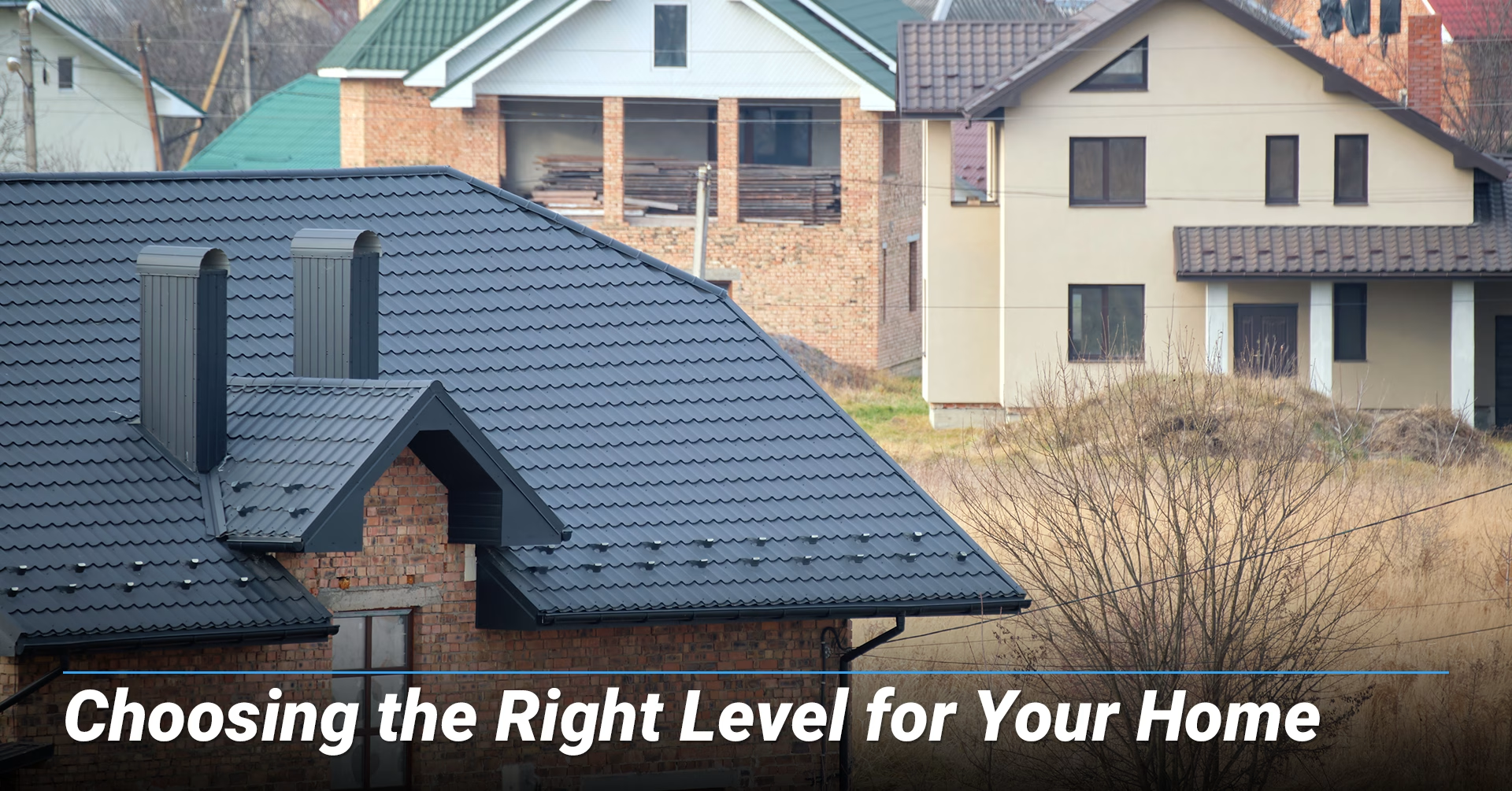
Selecting the appropriate inspection depends on your circumstances:
Scenario | Recommended inspection level | Reason |
|---|---|---|
Annual check with no changes in use | Level 1 | Ensures the chimney is sound and free of blockages or dangerous deposits. |
Buying or selling a home; after a chimney fire or major storm; changing fuel type or relining | Level 2 | Provides video scanning and examines attics/crawl spaces for hidden damage. |
Suspected serious structural defect or hidden hazard | Level 3 | May require removing parts of the chimney or house to inspect concealed areas. |
If you’re unsure which level is needed, consult a CSIA‑certified chimney sweep. They are trained to evaluate your system and recommend an appropriate level based on NFPA guidelines. Hiring a certified professional ensures the inspection is thorough and reports received after will satisfy real‑estate transactions, code officials, and insurance carriers.
6. Inspection Costs and Insurance Considerations
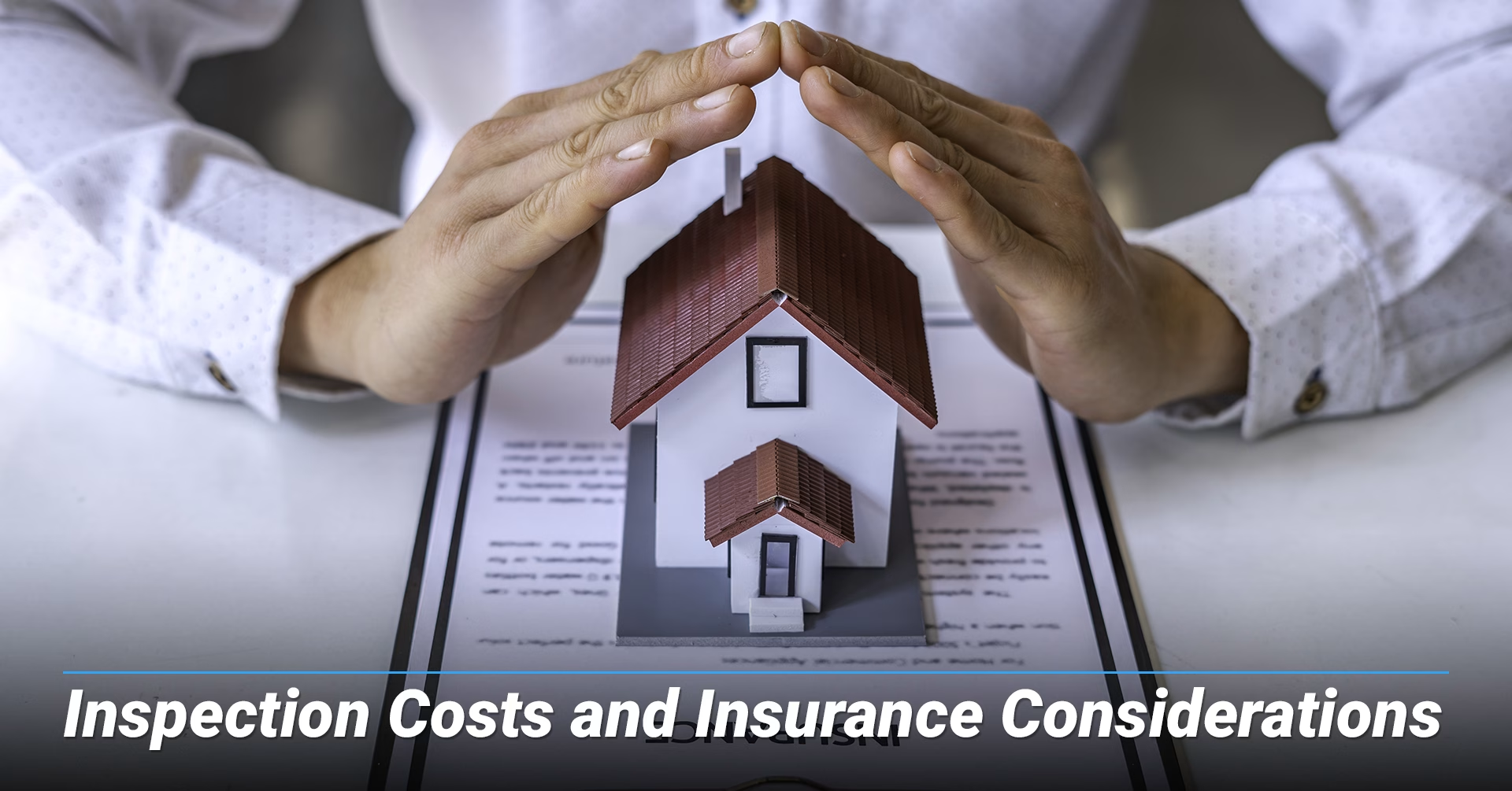
Costs increase with the level of detail. Level 1 inspections are relatively inexpensive, often bundled with a chimney sweep. Level 2 inspections are higher because of the additional time, camera equipment and documentation. Level 3 inspections are the least wallet-friendly due to the labor involved in dismantling and rebuilding parts of the chimney. While insurance won’t foot the bill for the first level, it may cover the cost of a Level 2 or Level 3 inspection if performed as part of a covered loss investigation—such as after a chimney fire or storm.
Keep records of your inspections. Many insurers require proof of regular maintenance to honor insurance claims related to chimney fires or structural damage. An inspection report that follows NFPA standards can be invaluable when filing.
Conclusion: Safety Starts With the Right Inspection
Understanding the three NFPA inspection levels helps homeowners make informed decisions. A Level 1 checkup keeps a regularly used chimney safe each year. Level 2 inspections provide peace of mind during property transactions and after unusual events. The Level 3 investigation uncovers hidden dangers that cannot be seen otherwise. Whichever level you need, always hire a certified chimney professional and keep a copy of the report. By investing in the correct inspection, you protect your home, comply with insurance requirements and ensure cozy, worry‑free fires throughout the blistering midwest winter.
Frequently Asked Questions
1. How often should I schedule each inspection level?
Schedule a Level 1 inspection every year if you use your fireplace regularly. Choose a Level 2 inspection during real‑estate transactions, after a chimney fire or severe storm, or whenever you change fuel types or install a new appliance. Level 3 inspections are rare and ordered only when serious structural problems are suspected.
2. How long does each inspection take?
A Level 1 inspection shouldn’t take more than an hour. The Level 2 inspection can be one to three hours because of the extra video scan and attic/crawl‑space checks. Level 3 inspections may last several hours to a full day depending on the amount of dismantling required.
3. How can I prepare my home for a chimney inspection?
Allow the fireplace to cool for 24–48 hours before the appointment. Remove ashes if planning to reuse them, clear firewood racks and decorative items from the hearth and mantel, and provide a clear path from the entrance to the fireplace so the technician can bring in ladders and equipment.
4. What does a chimney inspection typically cost?
Prices vary by region and chimney complexity. Budget a few hundred dollars for a Level 1 inspection, more for a Level 2 due to camera and travel time, and significantly higher for a Level 3 if parts of the chimney must be opened up. Obtain quotes from reputable, certified chimney companies in your area.
5. Why hire a certified sweep rather than a general contractor?
Certified chimney professionals have specialized training, carry appropriate insurance and follow recognized standards such as NFPA 211. They know how to identify hidden hazards, comply with building codes and provide documentation that real‑estate agents and insurers accept. General contractors or handymen may lack this expertise.
